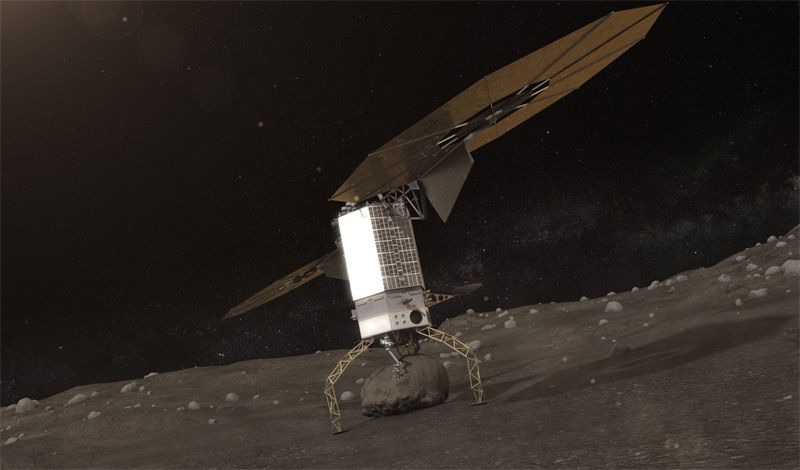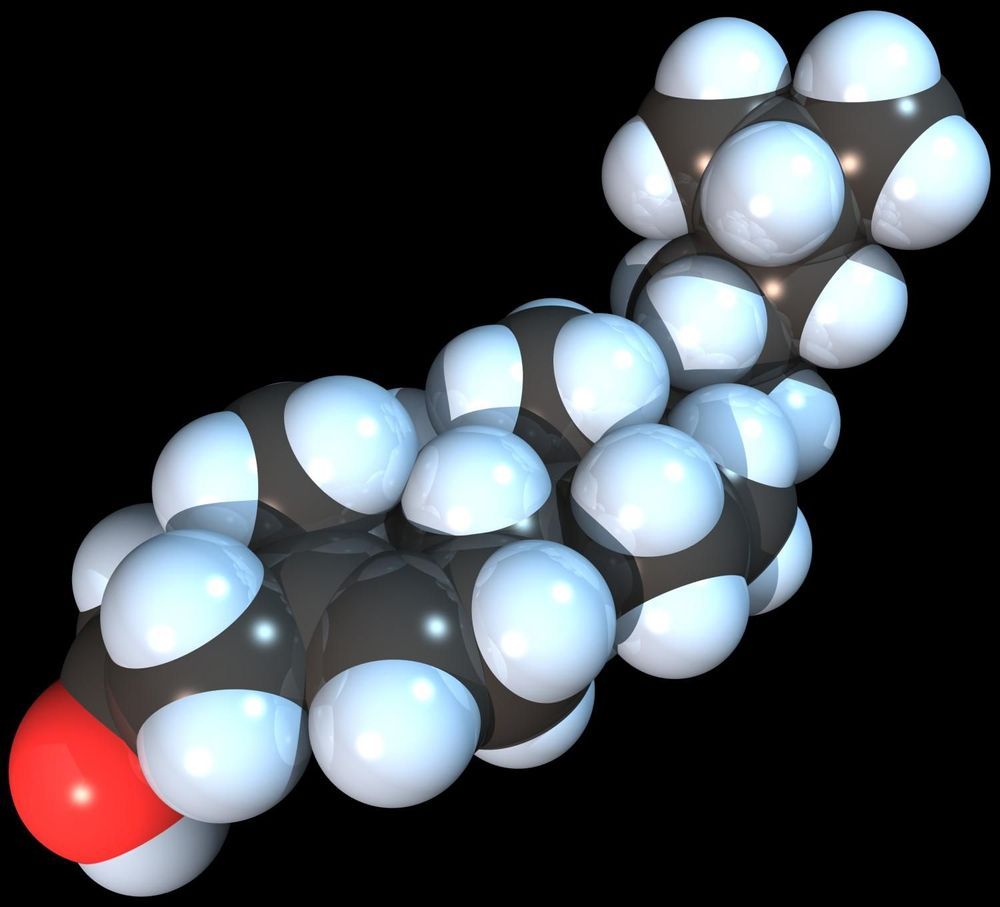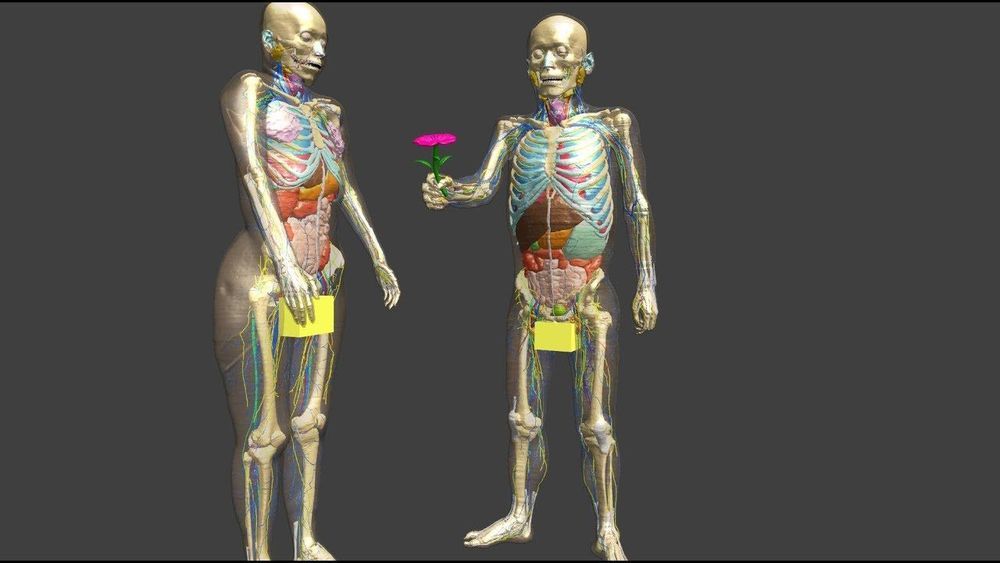Ongoing and future space missions, rising investment in new mining technologies, and the use of materials obtained from asteroids in 3D printing will drive the growth of the asteroid mining market, according to Allied Market Research.
Taking our productive capabilities, and the search for the resources that powers them, to space might one day be an inevitability.
Current guidelines recommend lowering cholesterol for heart disease risk reduction. New findings indicate that if cholesterol dips too low, it may boost the risk of hemorrhagic stroke, according to researchers.
Over a period of nine years, a Penn State-led study examined the relationship between low-density lipoprotein cholesterol—LDL, commonly known as “bad” cholesterol—and hemorrhagic stroke. This type of stroke occurs when a blood vessel bursts in the brain.
The researchers found that participants with LDL cholesterol levels below 70 mg/dL had a higher risk of hemorrhagic stroke.
UNC School of Medicine scientists unveiled how a particular gene helps organize the scaffolding of brain cells called radial progenitors necessary for the orderly formation of the brain. Previous studies have shown that this gene is mutated in some people with autism.
40-hour, 200-kilometer canoe trip recreates the sea journeys that may have peopled Japan’s Okinawan islands.
Northrop Grumman will build two satellites for Space Norway, each equipped with payloads for Inmarsat, the Norwegian Ministry of Defense, and the U.S. Air Force.
The Korean male neuro-functionalized Virtual Population (ViP) model Jeduk V4.0 has been released. This new computational human phantom features detailed neuro-functionalized nerve trajectories for all major peripheral nerves in the entire body and includes close to 1200 individual tissue structures comprising more than 250 peripheral nerves and 1100 unique nerve trajectories.









